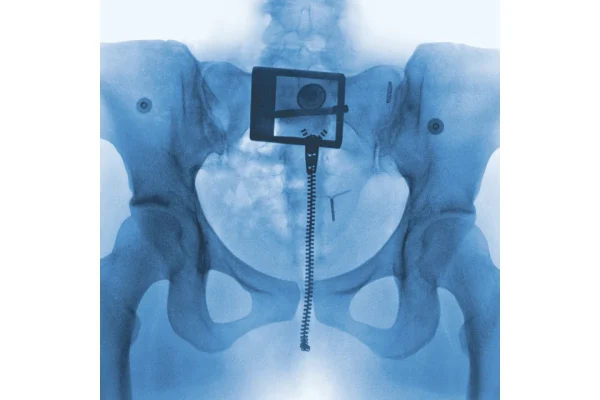Do research before accepting student loans
In 2010, national student debt reached $1 trillion.
According to the Center for Michigan, $1,811,590,324 of that money was borrowed from students attending the state’s 15 public universities — $92,245,296 of that was borrowed by Oakland University students.
In today’s world, college is an impossible hill to climb without the aid of student loans. But before you start stuffing your university’s piggy bank with borrowed money and borrowed time, do you really know what you’re signing up for when you sign that dotted line?
One trillion dollars and no sense
Students accepting federal loans for school are required to go through entrance counseling before borrowing, and exit counseling before graduating or dropping below half-time enrollment — both at the helping hand of the university.
A recent report conducted by NERA Economic Consulting stated students are not getting the help they need.
The survey, consisting of 13,000 students with an average debt of $75,000 each, said 40 percent of those questioned did not receive this counseling — a requirement made by the federal government.
And it doesn’t get any easier.
In an article based on the same survey, The Huffington Post reported: “Many of the students in the survey described the FAFSA, which is often required for anyone wishing to take out student loans or apply for Pell Grants or scholarships, as ‘confusing,’ ‘long’ and ‘complicated.’”
Of those surveyed, more than 90 percent also said they wished universities would use standardized means of presenting their terms and format on borrowing money.
In a world where borrowed money is a necessary evil for those seeking higher education, the means of doing so leaves a lot to be desired.
When graduation and deferment ends
The rate of unemployment and underemployment among college graduates is growing drastically. With more college graduates left jobless, the number of people defaulting on their student debt is growing.
According to the U.S. Department of Education, the national number of students defaulting on loans rose from 4.6 percent in 2008 to 8.8 percent in 2009.
According to MLive, 5.5 percent of OU students (about 1,079) defaulted on their student debt in 2010.
Thinking this is an option, albeit a last resort, many have you feeling more comfortable knocking on your bank’s door with open hands — but don’t collect just yet.
Home is where the hurt is
In another article, MLive reported that those who default on student loans in the eastern side of the state are 10 times more likely to be sued by the state than anywhere else in the country. The report goes on to say that 57 lawsuits were filed last March to collect on defaulted student loans — the second highest in the nation and the highest rate per-capita.
As a child of two people who never earned a college degree, my parents were determined that my brother and I would have opportunities they did not. This, my senior year, is the first time I had to take out a loan to pay for school, and the information I have found in the process has left my knees — and my bank account — weak.
As students, our homework does not begin in the classroom but in the cashier’s line.







